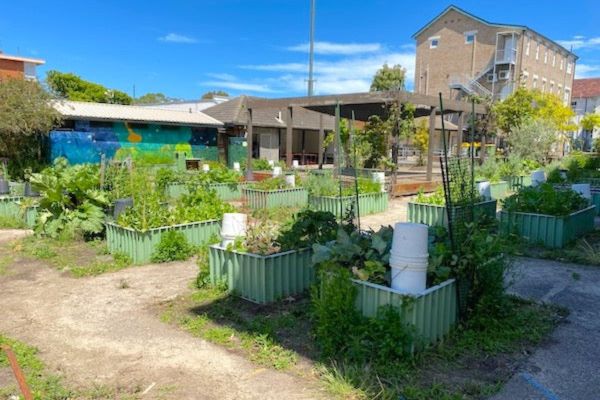How to grow a water-efficient garden
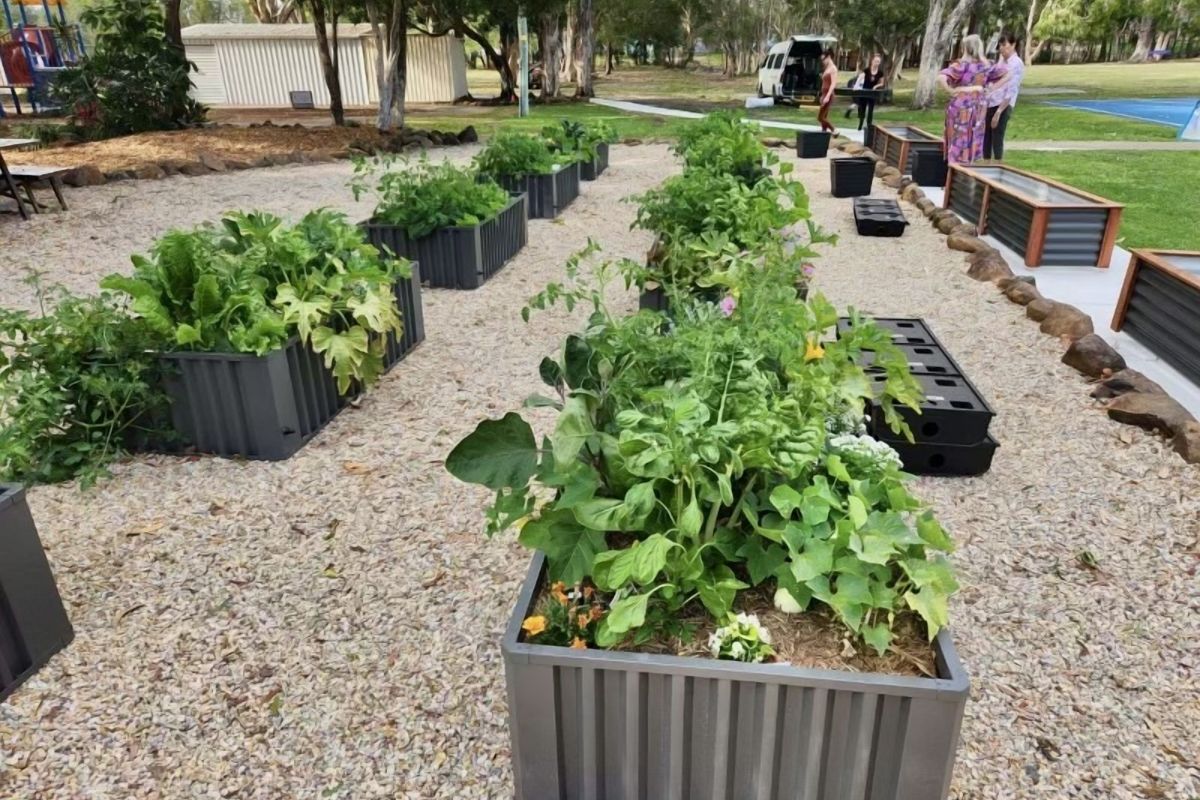
- Water-smart practices help school gardens thrive, keeping students engaged and connected to growing food.
- Simple strategies like wicking beds, mulching, deep watering, and grouping plants by needs can make a big difference in saving water and time.
- We spoke to WaterUps — our generous prize and category sponsor of the National Kitchen Garden Awards — about water-efficient garden solutions that boost plant health and harvests.
“Water is the lifeblood of any garden, yet in schools it’s often the biggest challenge. During holidays or busy terms, watering is easily forgotten, and when gardens fail, student enthusiasm usually fades,” says Olly White.
Olly, a former teacher, is the Education and Business Manager at WaterUps, an innovative company making wicking systems from recycled materials in Australia.
WaterUps sponsored the Water Wise Design category of the National Kitchen Garden Awards 2025, and was a key prize sponsor offering all nine winners an Oasis 1680 wicking bed, two square planters, a flexi garden bed cover, and a reservoir level indicator.
We had a chat to Olly about how schools can make their gardens more resilient and water-wise.
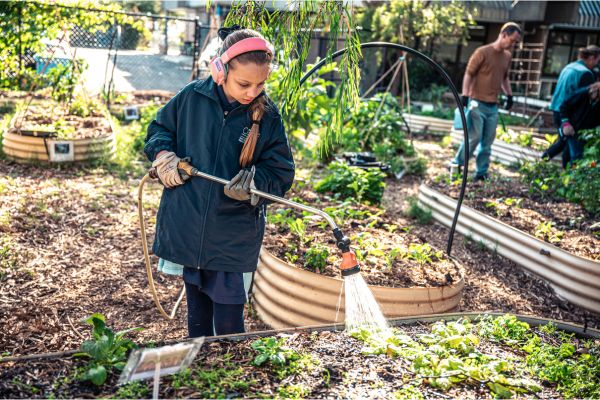
Olly, why does water efficiency matter in school gardens?
Caring about water efficiency isn’t just about saving a resource; it’s about ensuring gardens thrive enough to spark long-term student engagement. When gardens succeed, students feel proud, motivated, and want to keep going. That’s how gardens become part of school culture.
On a bigger scale, Australia’s climate swings from drought to flood regularly and we can’t afford to “forget” water conservation. Teaching young people to value water, and showing them practical ways to use it wisely, is one of the most important sustainability lessons schools can provide.
What are some common watering mistakes?
Shallow, frequent watering at the surface, which encourages weak roots and wastes water through evaporation and runoff.
Over-watering, which can lead to waterlogging, fungal disease, and pest issues.
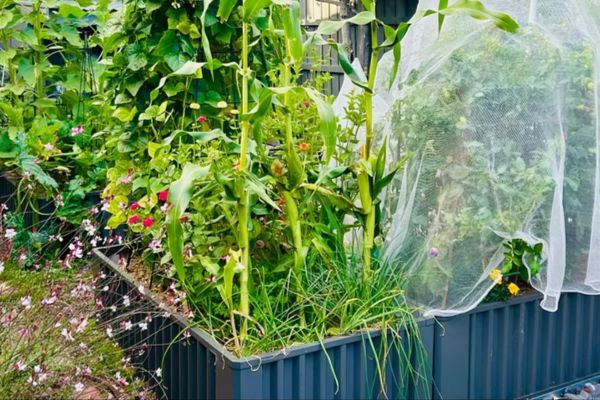
Give us simple things teachers and students can do to be more water-efficient gardeners.
- Water in the early morning, or late afternoon on very hot days.
- Mulch 5–7 cm deep to reduce evaporation, keeping a small gap around stems.
- Improve soil with compost and structure. Healthy soil holds water like a sponge.
- Group plants by water needs.
- Capture rainwater from downpipes where possible.
- Use deep watering rather than sprinkling the surface.
For long-term reliability, schools are increasingly turning to wicking systems, wicking beds and planters.
WaterUps wicking systems can reduce water use by 80% compared with surface watering and only need refilling every few weeks, taking the pressure off busy staff. They are designed to scale and adapt to almost any set up, from DIY builds and retrofits through to large open-soil gardens.
Kitchen Garden Program members can find more tips on the Shared Table via our Watering guide and Watering 101 resource.
Bondi Public School, a long-time Kitchen Garden Program member, has 35 WaterUps wicking beds, funded through grants and fundraising.
What do schools like about wicking systems?
They save water and reduce evaporation, and only need refilling every few weeks, which helps gardens survive over the long holiday breaks.
The consistent moisture encourages deeper roots, stronger growth, and higher yields. Most plants thrive in wicking beds, from leafy greens and herbs to tomatoes, strawberries and even citrus.
In many schools, this also removes the need for surface irrigation systems and weekly rosters. Instead of worrying about keeping plants alive, students can focus on learning outcomes, experimentation, and celebrating harvest.
WaterUps is designed to be flexible and versatile with ready-made beds and planters, DIY kits and retrofit solutions. Many schools start by converting a single bed, establish student routines and simple data-tracking, then expand once the reduced maintenance and results are clear.
Read more about how beneficial the move to wicking beds has been for one of our Kitchen Garden Program members, Bondi Public School, and how they funded 35 WaterUps wicking beds through grants and fundraising, here.
Interested in creating a water-wise garden with WaterUps? Register your interest here.
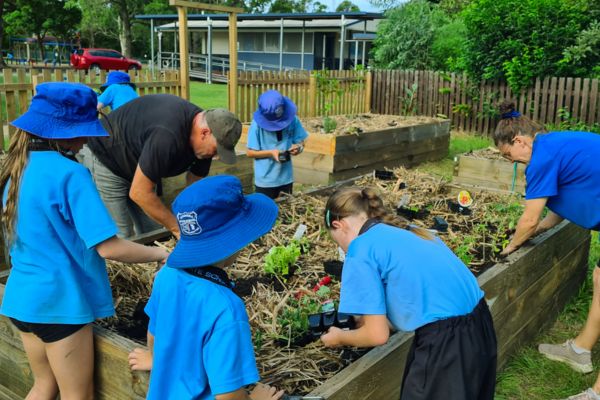
How can educators involve children in learning about water conservation through gardening and the use of wicking systems?
Gardens are a teaching tool as much as a growing tool. Wicking systems aren’t just a gardening technique; they become hands-on STEM and sustainability learning tools that integrate directly into the Australian Curriculum.
Here are some simple activities to try:
- Run science and technology experiments comparing surface watering and wicking.
- Explore maths by tracking refill intervals and calculating water use
- Explore capillary action with hands-on science.
- Link to geography by discussing drought cycles and climate resilience.
Kitchen Garden Program members can find more hands-on water efficient explorations on the Shared Table, including capillary action, measuring volume, making a milk bottle waterer, irrigation, and more!
A big thank you to Olly for his expertise! WaterUps is offering discounted prices for schools and early childhood services, making water-wise gardening affordable and practical across Australia. Register your interest here.
< Back to Latest News

